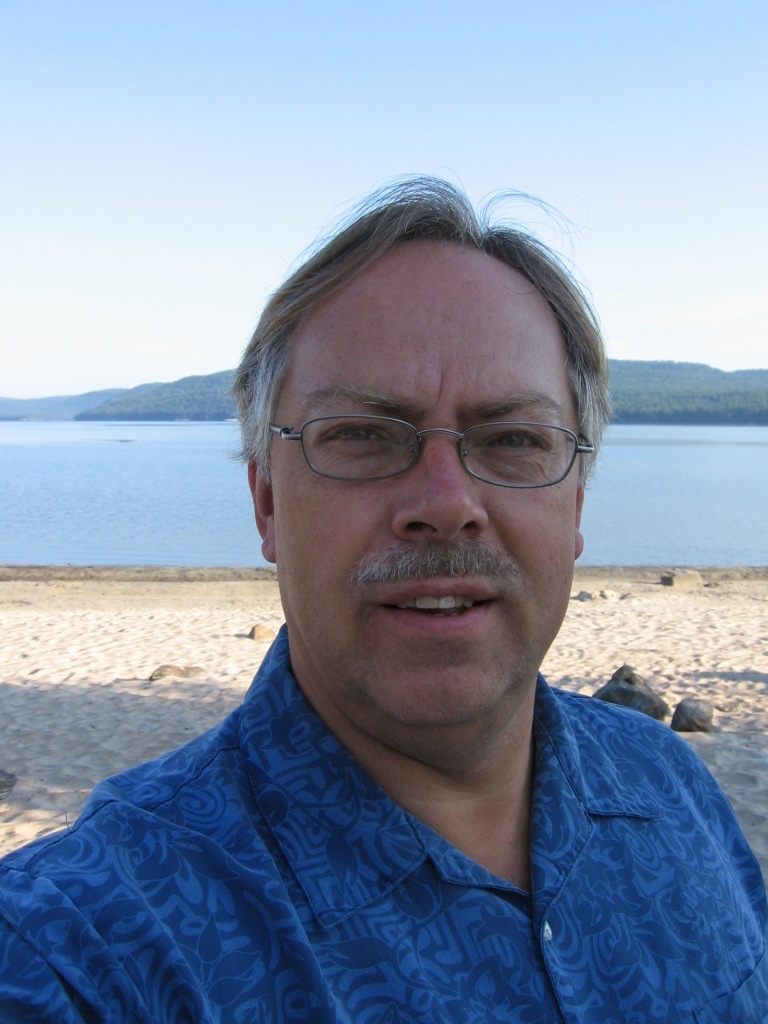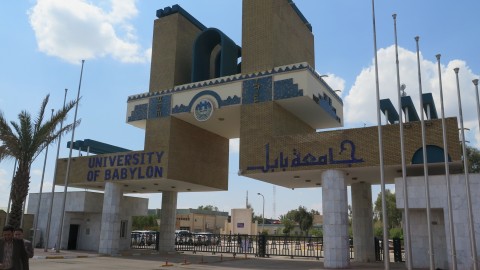BROWN’S GAS AND ZERO POINT ENERGY
-
-
THE ARK OF COVENANT AND STONE TABLES (6)
fundacja, , Homepage, 0
Continuation of session with Basmat, July 22, 2022 (6) THE ARK OF THE COVENANT AND THE TABLES OF STONE...
-
VISIT AT THE UNIVERSITY OF BABYLON
fundacja, , Foundation's news, Homepage, Other, 0
UNIVERSITY OF BABYLON INVITATION FOR THE FOUNDATION “WISDOM OF NATIONS” Report from trip to Egypt and Iraq with visit...
-
WORLD SITUATION – UKRAINE (4)
fundacja, , Homepage, 0
Continuation of session with Basmat, July 22, 2022 WORLD SITUATION – UKRAINE (4) Question: You said that after our...
-
Session with Basmat, March 24, 2022
fundacja, , Homepage, 0
Session with Isis, Anubis, St. Germain, Jeshua, Metatron, Maria Magdalena, Makeda (Queen of Sheba). Participants: Basmat, Andrzej Wójcikiewicz March...
-
TASKS OF THE WISDOM OF NATIONS FOUNDATION (14)
fundacja, , Homepage, 0
Continuation of the session with Basmat on July 23, 2022 (14) TASKS OF THE WISDOM OF NATIONS FOUNDATION (14)...
-
Teresa Gasiorowska
fundacja, , Other, 0
Syncretic diary that is not accidental. Guiding from Egypt A trip to Egypt did not exist in my travel...
-
UNKNOWN FACTS FROM LIFE OF JESUS (8)
fundacja, , Homepage, 0
Continuation of the session with Basmat on July 23, 2022 (7) UNKNOWN FACTS FROM LIFE OF JESUS (8)...



